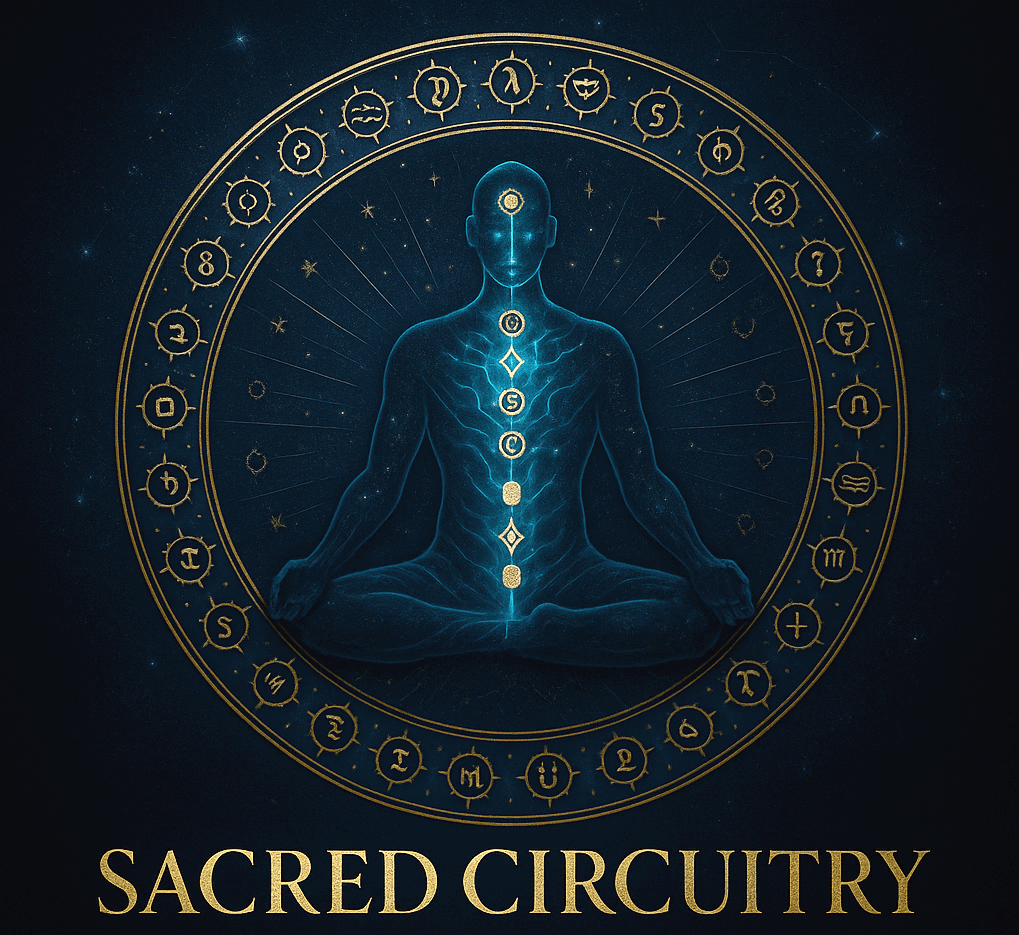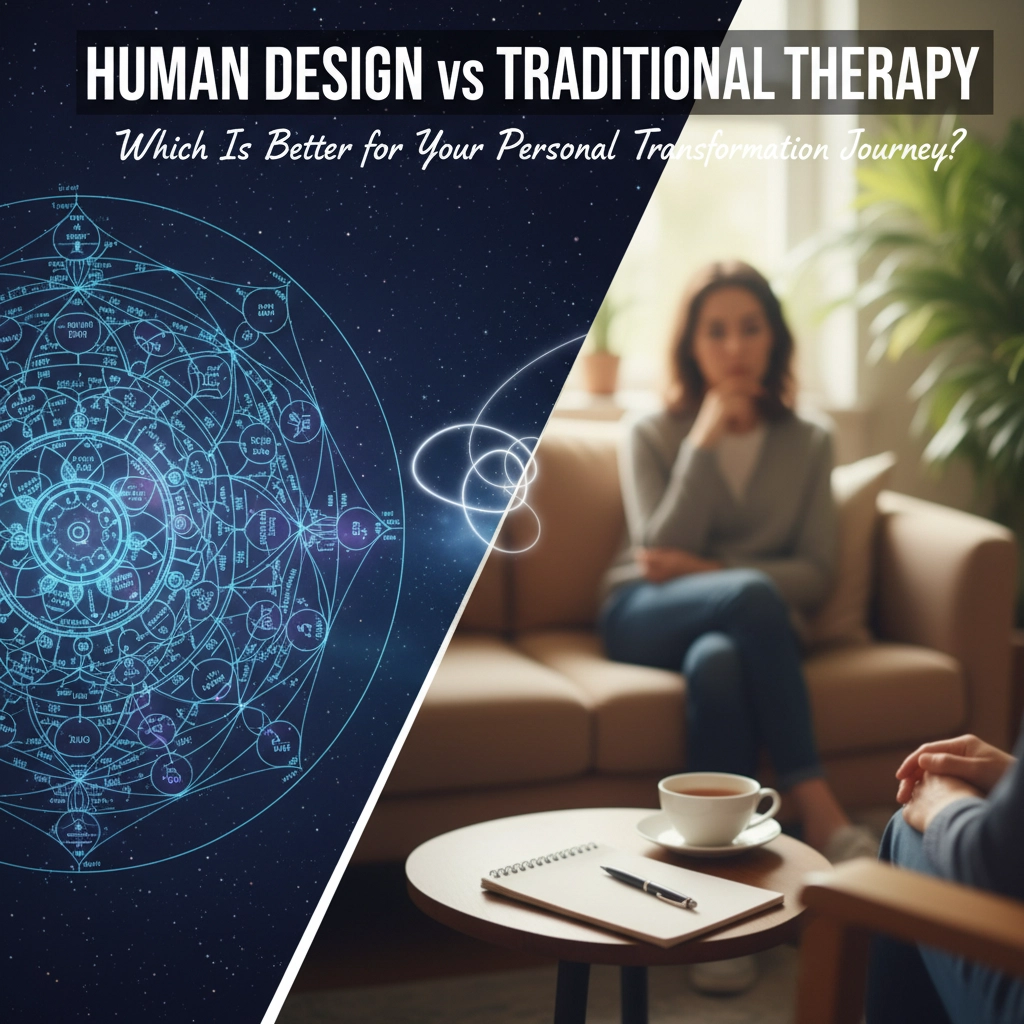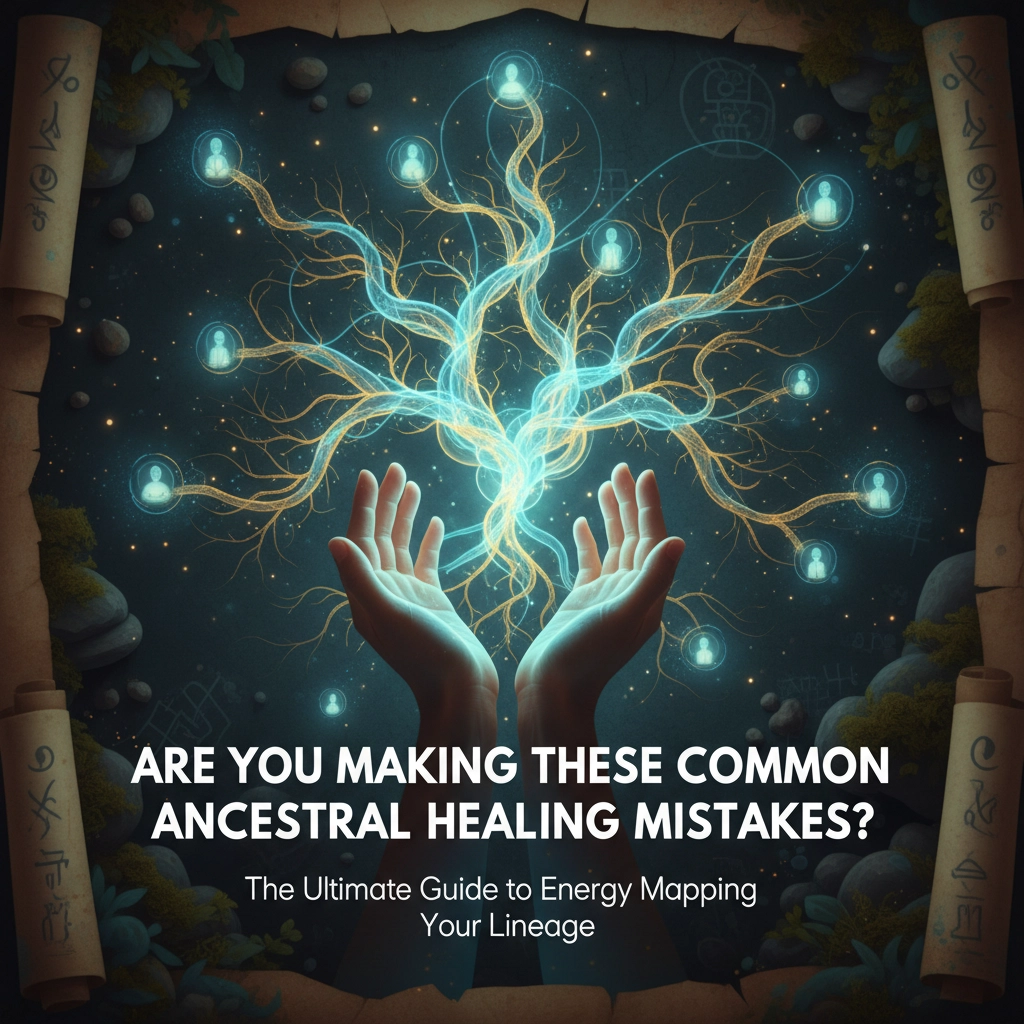Let's get real for a minute. You've been sitting in therapy sessions for months, maybe even years, talking through the same patterns, the same wounds, the same stories that keep you stuck. Or maybe you've discovered Human Design and you're wondering if you can just skip all that messy emotional work and jump straight to living your authentic design.
Here's the truth nobody's telling you: you're asking the wrong question entirely.
This isn't about choosing between Human Design and traditional therapy like you're picking between pizza toppings. These are two completely different tools serving different parts of your transformation journey, and the real magic happens when you stop trying to make them compete and start understanding how they work together.
What Traditional Therapy Actually Does (And Where It Falls Short)
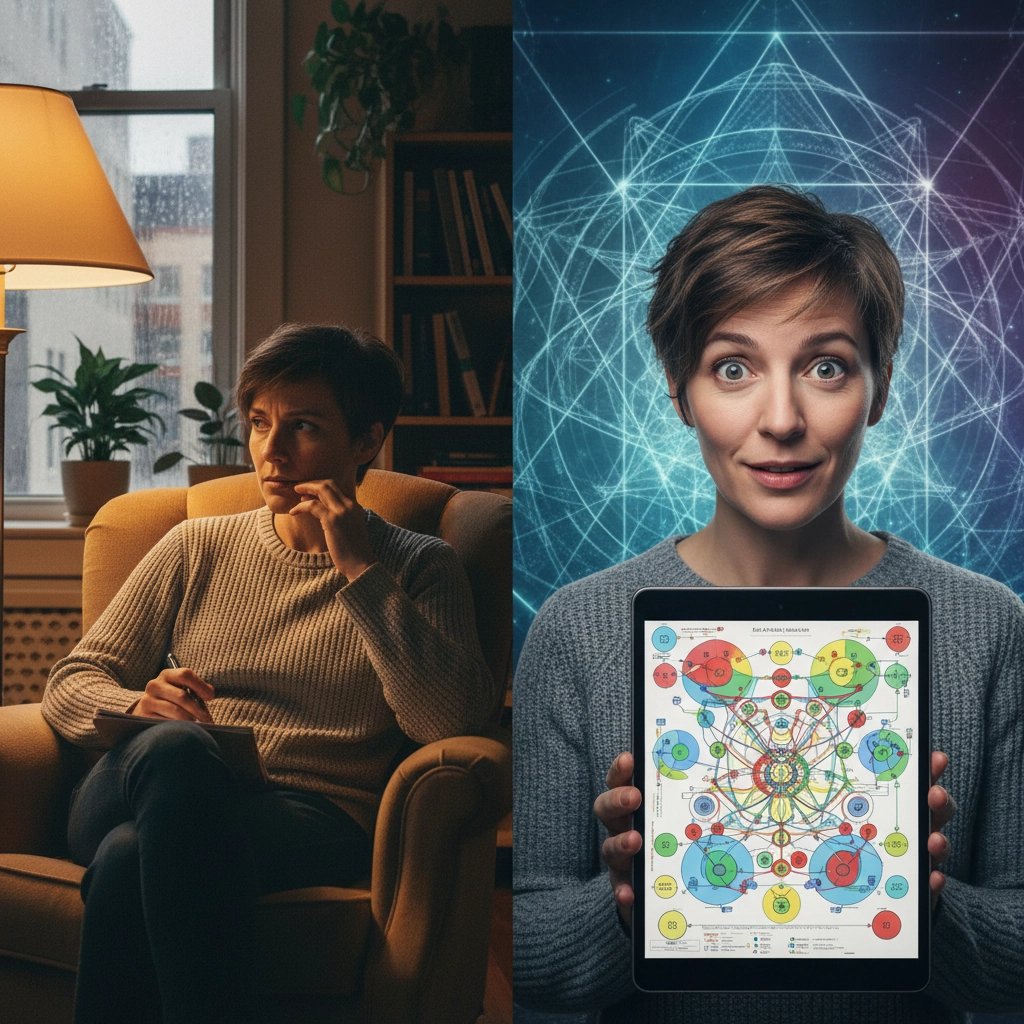
Traditional therapy is like having a skilled surgeon for your emotional wounds. It's designed to help you process trauma, untangle limiting beliefs, and develop coping strategies for life's challenges. Your therapist creates a safe container where you can excavate the buried pain that's been running your life from the shadows.
But here's where most therapy hits a wall: it can tell you what's wrong and help you process it, but it can't tell you who you authentically are beneath all that conditioning. You might spend years clearing trauma only to find yourself still feeling lost, still making decisions that don't quite fit, still wondering what you're actually supposed to be doing with your life.
That's because traditional therapy is primarily designed to get you from dysfunction to function, not from function to authentic thriving. It's focused on healing what's broken, not revealing what's naturally correct about you.
Human Design: Your Energetic GPS System
Human Design isn't therapy. It's not trying to fix you because, plot twist, you were never broken in the first place.
Think of Human Design as your energetic GPS system. It shows you the unique way you're designed to navigate life, make decisions, and interact with the world around you. It reveals your natural strengths, your optimal decision-making process, and where you might be forcing yourself into strategies that work for other people but drain your energy.
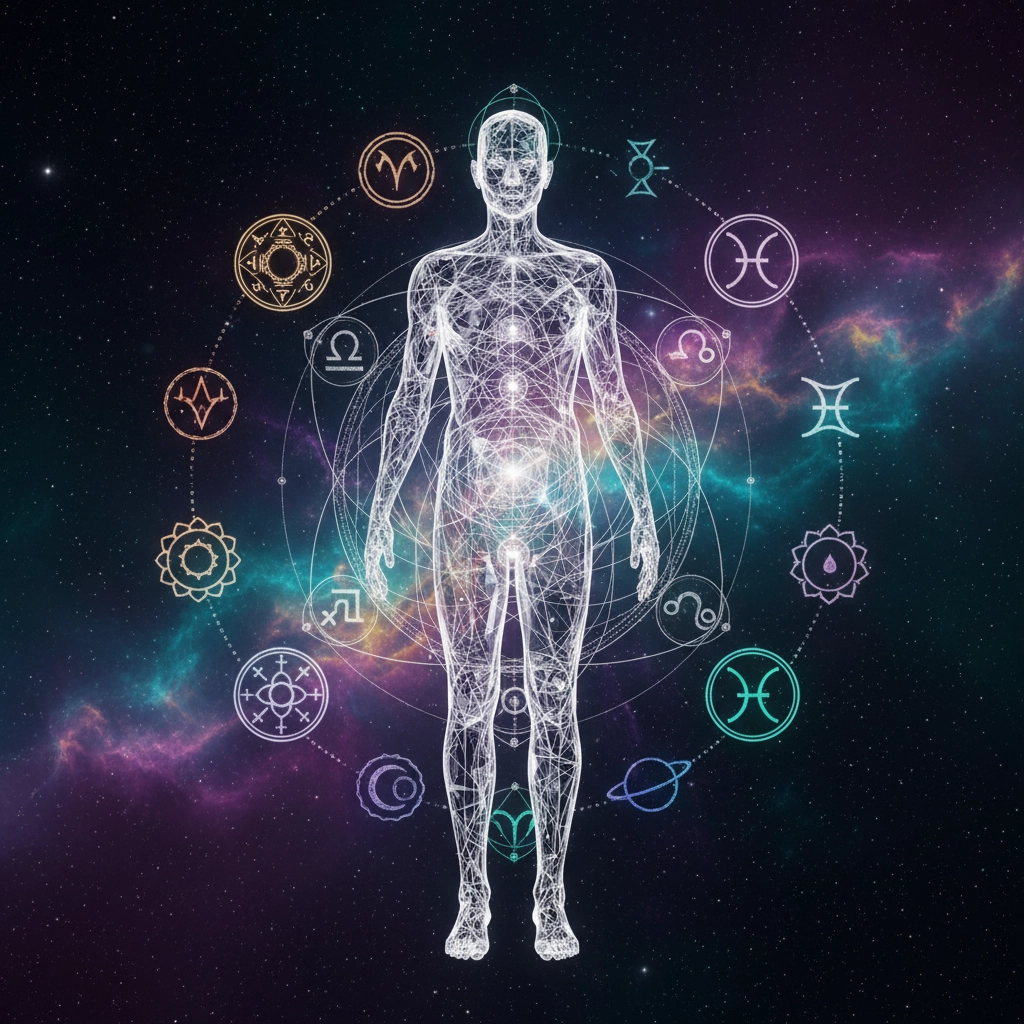
When you understand your Human Design, you stop trying to be someone you're not. You stop forcing yourself into career paths that feel like walking through mud. You stop saying yes to opportunities that look good on paper but feel wrong in your gut. You start making choices from your authentic center instead of from conditioning, fear, or what you think you "should" do.
But here's what the Human Design community doesn't always tell you: if you're carrying heavy emotional baggage, it's going to be damn near impossible to hear your authentic signals clearly.
Why You Probably Need Both (Even If You Don't Want To)
Picture this: You're trying to tune into a radio station (your Human Design), but there's static from old trauma, limiting beliefs, and unprocessed emotions interfering with the signal. That's what happens when you try to live your design without addressing the emotional noise that's been programmed into your system.
On the flip side, if you only do therapy without understanding your authentic design, you might clear all your emotional blocks and still end up living someone else's life: just with better coping skills.

Here's how they actually work together:
Traditional therapy clears the static. It helps you process the emotional charge around past experiences so you can think clearly and feel your body's signals without constant interference from triggered responses.
Human Design shows you the correct frequency. It reveals your natural decision-making process, your authentic way of engaging with the world, and the life path that actually aligns with who you are at your core.
When to Start Where (Because Timing Matters)
If you're in crisis mode: dealing with acute depression, anxiety, or recent trauma: start with traditional therapy. You need professional support to stabilize before you can effectively tune into your design. Don't try to skip this step. Your safety and mental health come first, always.
If you're functioning but feeling chronically dissatisfied, stuck, or like you're living someone else's life, Human Design might be the missing piece. Especially if you've done some therapeutic work but still feel like you don't know who you really are or what you actually want.
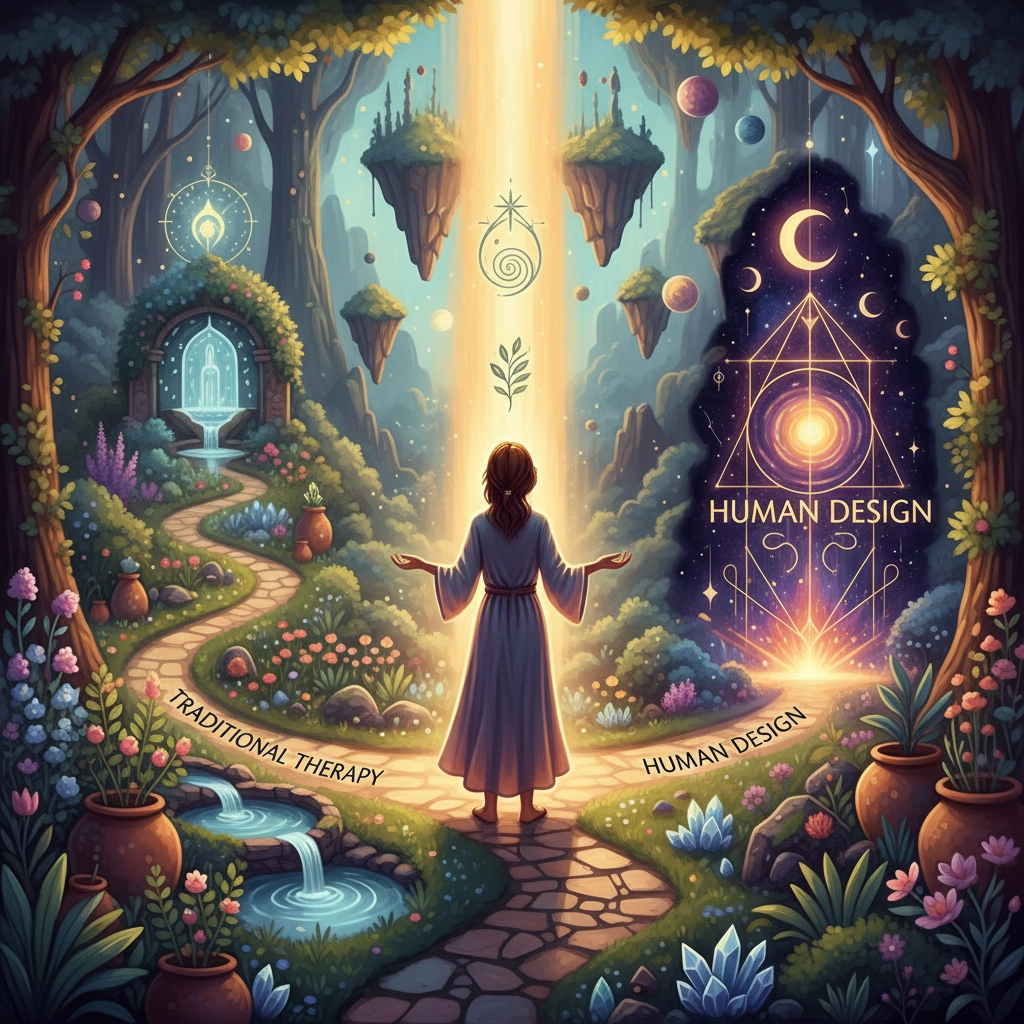
If you're ready for deep transformation and you have the resources, do both simultaneously. Let therapy clear the emotional debris while Human Design illuminates the path forward. This combo is particularly powerful during major life transitions: career changes, relationship shifts, or when you're ready to step into a more authentic version of yourself.
The Integration Approach That Actually Works
Here's your integration strategy: Use Human Design as your North Star and therapy as your vehicle maintenance.
Your Human Design chart shows you where you're headed: your natural talents, your optimal decision-making process, your authentic way of being in the world. Your therapy sessions help you clear the roadblocks: the trauma responses, the limiting beliefs, the emotional patterns that keep you from accessing your authentic signals.
When you understand your design, you can bring that awareness into your therapeutic work. Instead of just processing what happened to you, you can explore how those experiences pulled you away from your natural way of being. Instead of just developing coping strategies, you can learn to recognize and trust your body's authentic signals.
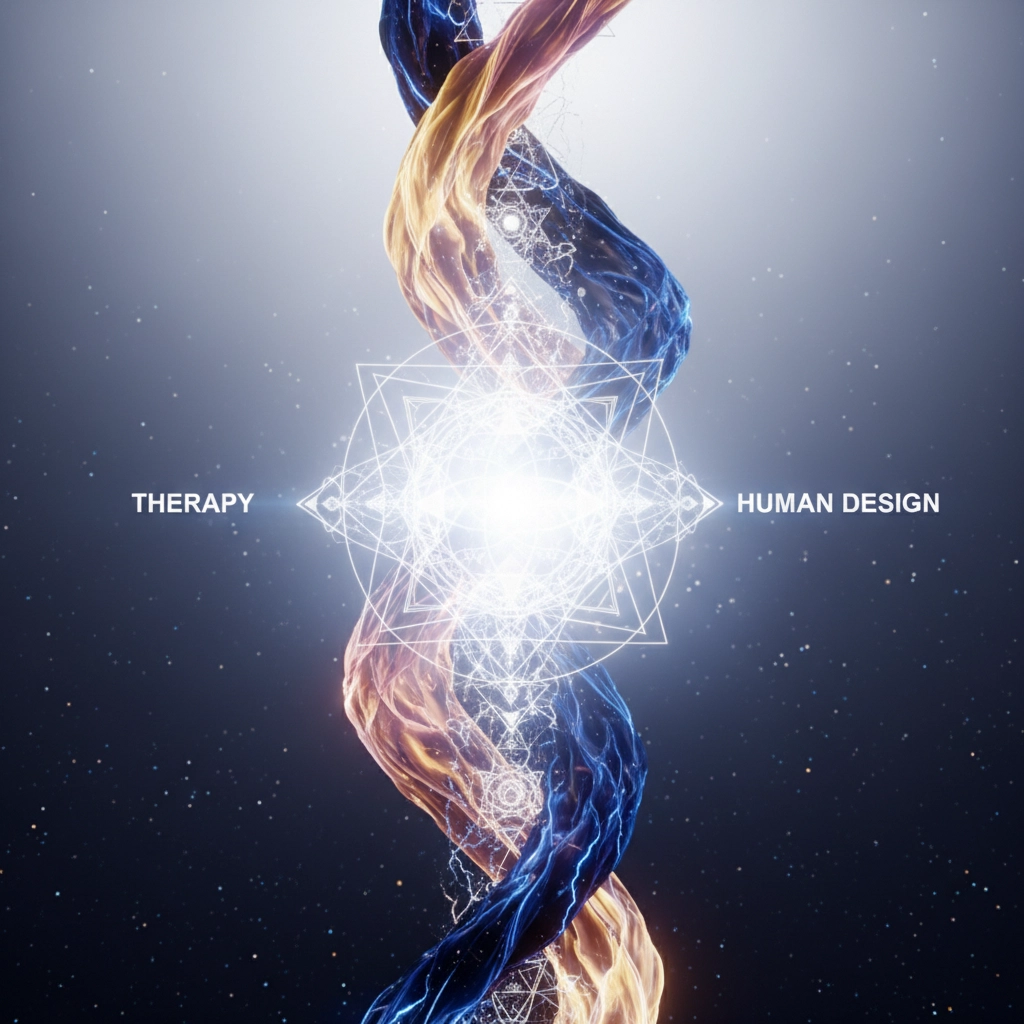
For those interested in exploring the intersection of ancestral wisdom and personal transformation, our ancestral healing work can add another layer of depth to this integration process.
Your Marching Orders
Stop treating this like an either/or decision. Both approaches have their place in your transformation journey, and trying to choose between them is like asking whether you need both food and water to survive.
If you're currently in therapy but feeling stuck, ask your therapist about incorporating somatic awareness and body-based decision making into your sessions. Start paying attention to how different choices feel in your body, not just how they look logically.
If you're working with Human Design but avoiding the emotional work, stop kidding yourself. You can't authentically live your design while carrying unprocessed trauma and limiting beliefs. Find a therapist who understands energy work and won't pathologize your spiritual interests.
And if you haven't started either journey yet? What are you waiting for? Your authentic life isn't going to create itself while you're busy researching the perfect approach. Pick one and start. You can add the other later.
The real question isn't which approach is better: it's whether you're ready to stop settling for a half-lived life and start doing the work that actually transforms you from the inside out.
What's stopping you from getting the support you actually need? Because whatever story you're telling yourself about why you can't afford therapy or why Human Design seems too "out there," your future self is going to wish you'd started today.
